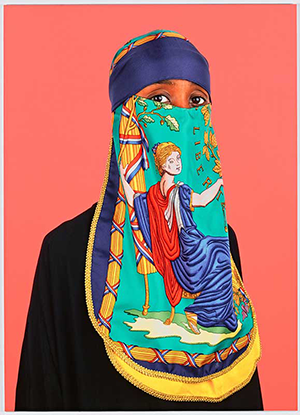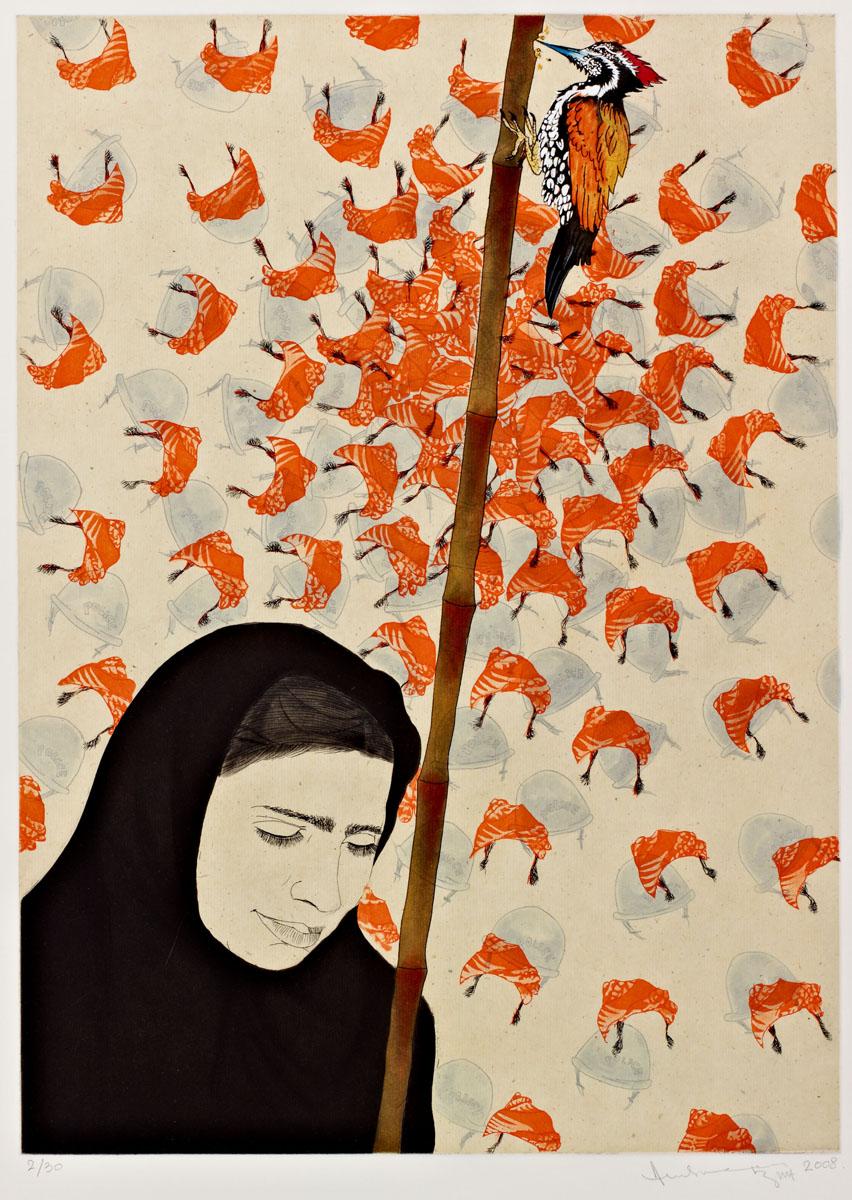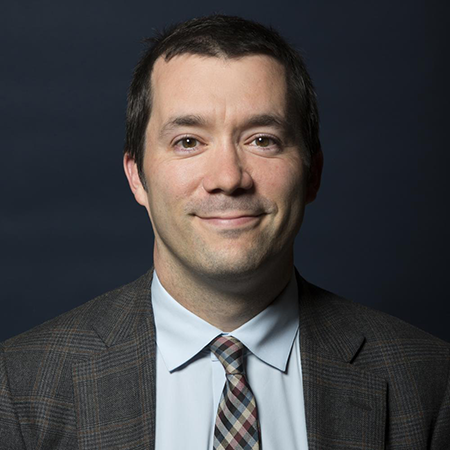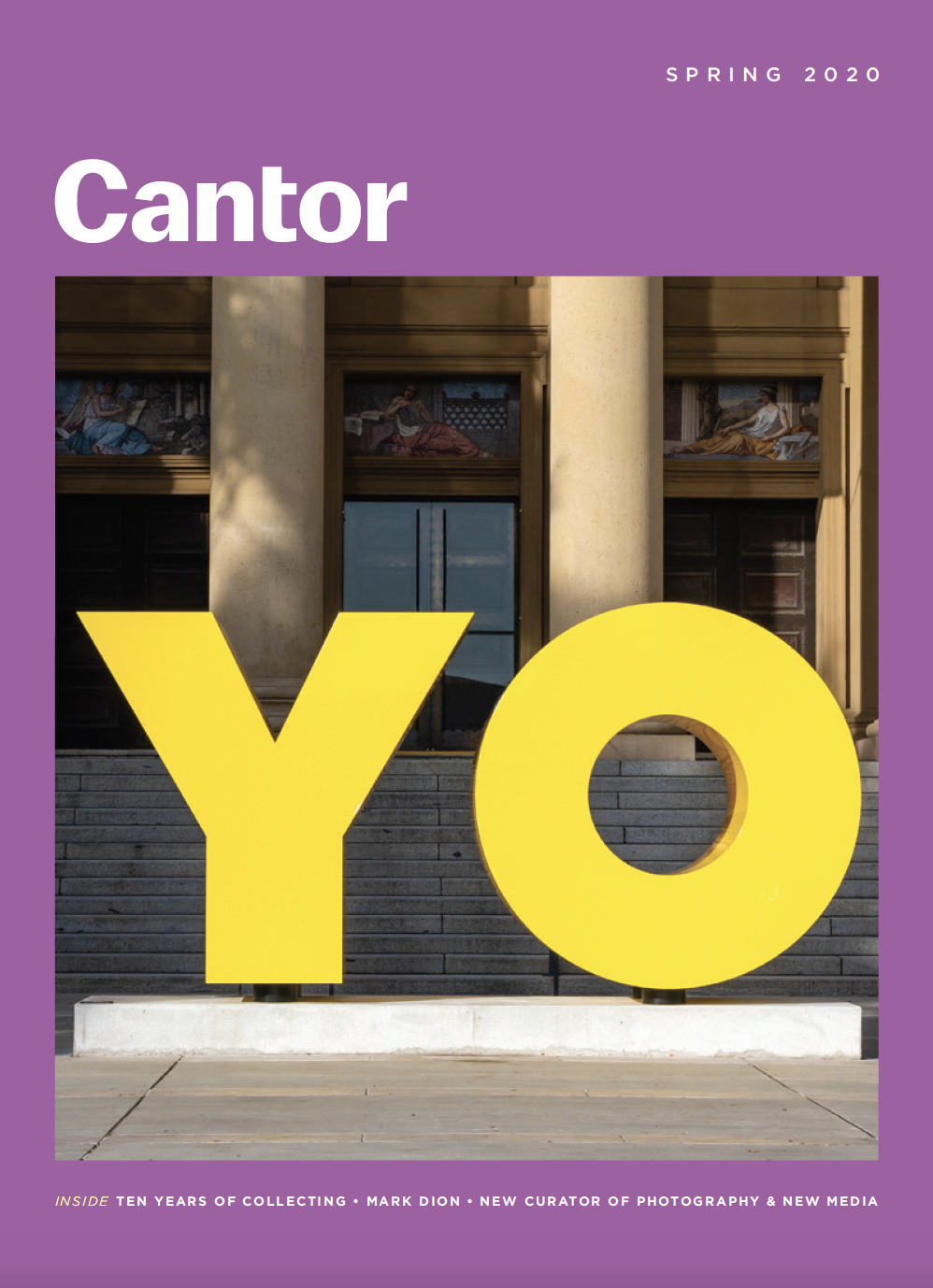As a Decade Closes, the Cantor Showcases Works on Paper Collected in the Last Ten Years—Some for the First Time
Archival pigment print. Soft-ground etching. Gelatin silver print. Black acrylic. Art on paper can take on myriad forms and expressions, each work revealing a glimpse into the struggles and beauty of so many different worlds. Over the last decade, Burton and Deedee McMurtry Curator Elizabeth Mitchell, who oversees prints, drawings, and photographs, has acquired a diverse collection of unique artworks on paper by artists working in the United States, Latin America, Africa, Europe, and the Middle East that will be displayed in the exhibition Paper Chase: Ten Years of Collecting Prints, Drawings, and Photographs at the Cantor. This much anticipated installation features many objects that have never before been exhibited at the Cantor, including multiple works by major artists from a host of different cultures, backgrounds, and countries, such as Lee Friedlander (U.S.A., b. 1934), José Clemente Orozco (Mexico, 1883–1949), Carrie Mae Weems (U.S.A., b. 1953), and Malick Sidibé (Mali, 1936–2016). The installation showcases the range and depth of the recent acquisitions and illuminates how university museums build collections for exhibitions, teaching, and research.
“These works can be presented in so many different ways that they are great for teaching, whether it happens in a classroom or an exhibition,” says Mitchell. Associate Professor of Religious Studies Anna Bigelow agrees, and has endeavored to get students to engage with understanding cultures beyond their textual expressions. She views this exhibition as an opportunity to do that. “To see artistic productions of an individual artist or objects that are circulated within a particular culture makes things more real,” she says. “It helps to connect us more broadly beyond what we think we know.”
 With a particular interest in Islam and material culture, Bigelow is intrigued by a variety of visual and material productions that help examine different Islamic cultures around the world, and is encouraged by the range of artistic impressions represented in the exhibition. “Including a more global and diverse body of artists in any conversation about what is the state of contemporary works on paper—and simply normalizing the idea that Muslim artists are part of that conversation—is extremely valuable,” she says.
With a particular interest in Islam and material culture, Bigelow is intrigued by a variety of visual and material productions that help examine different Islamic cultures around the world, and is encouraged by the range of artistic impressions represented in the exhibition. “Including a more global and diverse body of artists in any conversation about what is the state of contemporary works on paper—and simply normalizing the idea that Muslim artists are part of that conversation—is extremely valuable,” she says.
The objects in Paper Chase are installed in areas and sequences that build on a narrative that moves from individuals to collective identities to the effects of different social forces on the environment. The installation is executed around themes, including the measure of time, the study of nature, man’s relationship to the landscape, portraits, self-portraits, political identities, war, migration, and women’s experiences. The exhibition opens with a broad introduction to the collection and features objects that acquaint guests with themes that emerge later in the presentation. A small concentration of objects that deal with collecting is also included. A section about bodies and different identities addresses topics such as gender, sexual orientation, age, and religion, and has a concentration of images that tell stories of women’s lives, with many of the works by women artists. Another section relates to politics and social justice through political portraits, presidential portraits, and narrative objects that deal with matters of war, migration, assimilation, and freedom of the press. The last section focuses on the built environment, nature, and man’s interventions into the landscape.
The installation contains roughly 125 objects, with the vast majority dating to the 20th century. Objects from multiple periods are presented in conversation to show the long trajectory of ideas, concepts, forms, and ways in which the exhibit uses historical objects to address contemporary issues. “The Cantor has a micro-encyclopedic collection that it has been building for 120-plus years,” says Mitchell. “My job as a curator here is to continue to push that process forward to help thoroughly represent the past, while finding objects that enable people to engage with what’s important to us right now.”
The conversations sparked by exhibiting related but seemingly dissimilar objects may surprise people. Pictures by famed African American photographer Weems that examine facets of contemporary American life are juxtaposed with haunting images by Pakistani-born artist Ambreen Butt that present the hyper-reality of young Pakistani women being used as human shields by the Taliban. Works by Iranian American photographer Shirin Neshat that expose human faces and stories through intricate frontal portraits of two Iranian citizens appear alongside Iraqi-born Wesaam Al-Badry’s provocative covered female faces.
“There’s not one way I want people to feel or think when they visit this exhibition,” says Mitchell, “but I want them to see you can put a lot of different works in one gallery and all these incredible conversations can come out of them.”


 “We are trying to make this an every-day experience, where students are exposed from the very first classes they take in history,” Mullaney explains.
“We are trying to make this an every-day experience, where students are exposed from the very first classes they take in history,” Mullaney explains.